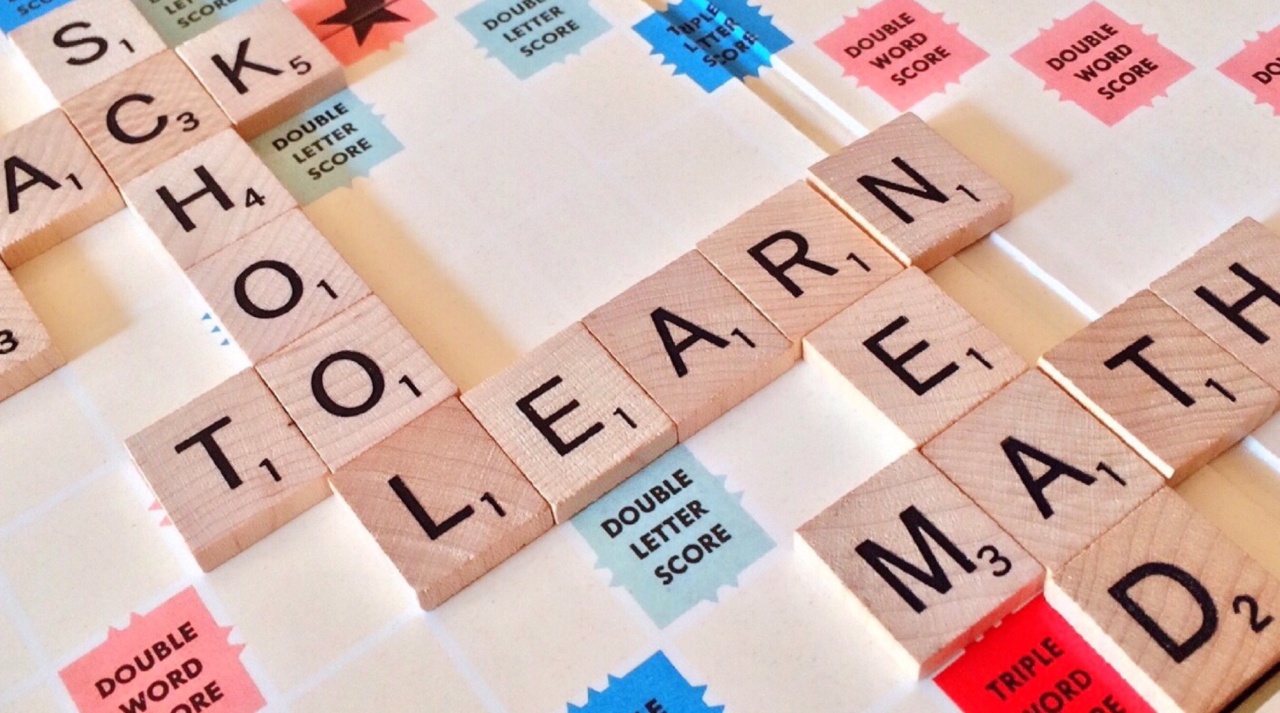Dyslexia is a learning disorder characterized by difficulty in reading, writing, and spelling. Dyslexia affects individuals of all ages and can be challenging to cope with, especially when it comes to English texts.
This article provides helpful tips and strategies that individuals with dyslexia can use to improve their reading and comprehension skills.
1. Use Multisensory Learning Techniques
One of the most effective ways to cope with dyslexia is by using multisensory learning techniques. This approach involves engaging multiple senses, such as sight, sound, touch, and movement.
Using these techniques can help dyslexic individuals learn and retain information more easily.
For instance, when learning new vocabulary words, dyslexic individuals can say the word, spell it out loud, and write it down.
This approach engages the auditory, kinesthetic, and visual learning pathways, making it easier to remember and recognize the word later on.
2. Use Assistive Technology
Assistive technology can be a helpful tool for individuals with dyslexia. There are a variety of technology tools that can help individuals improve their reading and comprehension skills.
These tools include text-to-speech software, speech recognition software, and digital highlighters.
Text-to-speech software reads text out loud, allowing individuals to experience the information through an auditory pathway.
Speech recognition software, on the other hand, allows individuals to speak into a microphone and have their words typed out on the computer. Digital highlighters can be used to highlight important information in a text, making it easier to locate and remember later on.
3. Practice Reading Daily
Practicing reading daily can help individuals with dyslexia improve their reading and comprehension skills. Set aside a specific time each day for reading practice. Start with shorter texts and gradually work your way up to longer and more complex texts.
It’s important to choose texts that are engaging and interesting to you. This can help motivate you to continue practicing and improve your reading skills over time.
Don’t be afraid to ask for help or support from others, such as a teacher or tutor, if you’re struggling to understand a particular text.
4. Use Context Clues
Context clues can be a helpful tool for dyslexic individuals who are struggling to understand a particular text. Context clues are pieces of information within a text that can help you understand the meaning of unfamiliar words or concepts.
For example, if you’re reading a text about sharks and you come across the word “cartilage,” you may not know what this word means.
However, by looking at the context of the sentence and the surrounding text, you may be able to infer that cartilage refers to the flexible tissue found in the skeletal system of sharks.
5. Break Large Texts into Smaller Sections
Large texts can be overwhelming for dyslexic individuals. Breaking them into smaller sections can make them more manageable and easier to understand. Divide the text into smaller chunks and focus on understanding one section at a time.
You can also use visual aids such as mind maps or diagrams to help you organize and understand the information in the text.
This can help you see the connections between different ideas and concepts and make it easier to remember the information later on.
6. Read Aloud
Reading aloud can be a helpful strategy for dyslexic individuals. This approach can help engage auditory pathways and improve comprehension. By hearing yourself speak the words, you may have a better understanding of the sentence structure and meaning.
If you’re struggling with a particularly difficult text, try reading it aloud to a friend or family member. This approach can also help you practice your speaking and pronunciation skills.
7. Use a Reading Guide
A reading guide can be a helpful tool for dyslexic individuals who are struggling with tracking and following text on a page.
A reading guide is a straight edge that can be placed on top of a text to help guide the eyes and prevent them from skipping or jumping over words.
Reading guides can be purchased online or made at home using a piece of paper or index card. Try using a reading guide during reading practice to see if it makes a difference in your reading speed and accuracy.
8. Take Breaks
Taking breaks can be essential when coping with dyslexia. Reading and writing can be mentally exhausting for dyslexic individuals, so it’s important to take regular breaks to rest and recharge.
When you feel yourself becoming fatigued or frustrated with a task, take a break. Go for a walk, do some stretching or deep breathing exercises, or engage in a relaxing activity such as listening to music or coloring.
9. Don’t Give Up
Coping with dyslexia can be challenging, but it’s important to remember not to give up. Persevere through the difficult times and celebrate your successes, no matter how small they may be.
Remember, dyslexia does not define who you are. With practice and hard work, you can improve your reading and comprehension skills and achieve your goals.
10. Seek Professional Help
If you’re struggling with dyslexia, it’s important to seek professional help. There are a variety of professionals who can provide support and guidance, including teachers, tutors, reading specialists, and psychologists.
These professionals can help diagnose dyslexia, develop individualized learning plans, and provide strategies and support for coping with dyslexia.
With the right support and guidance, dyslexic individuals can overcome the challenges associated with dyslexia and achieve their full potential.






























